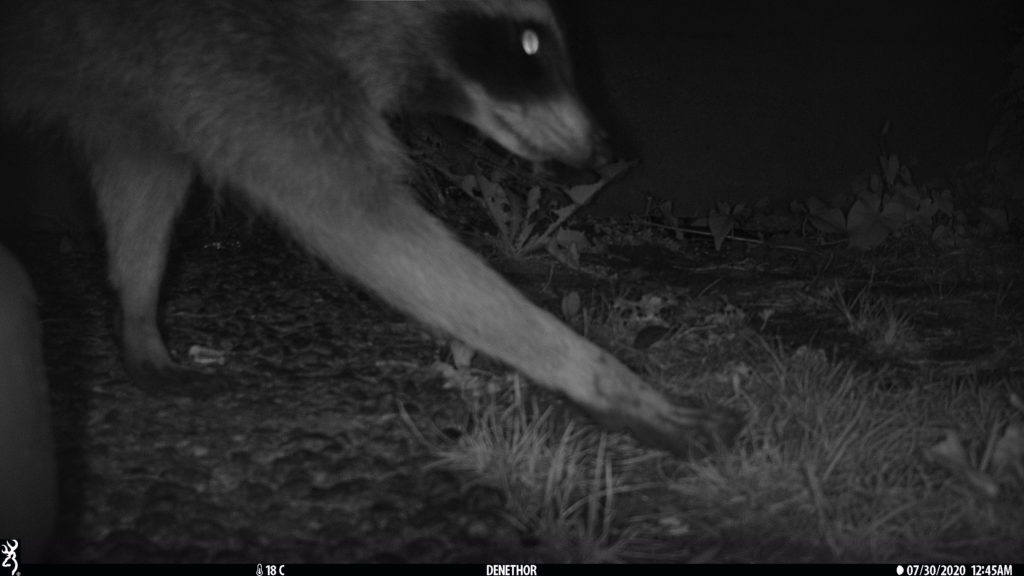The end of summer update from Cats and Birds research
Notes from the field | September 2020
Greater Vancouver Urban Landbird Count
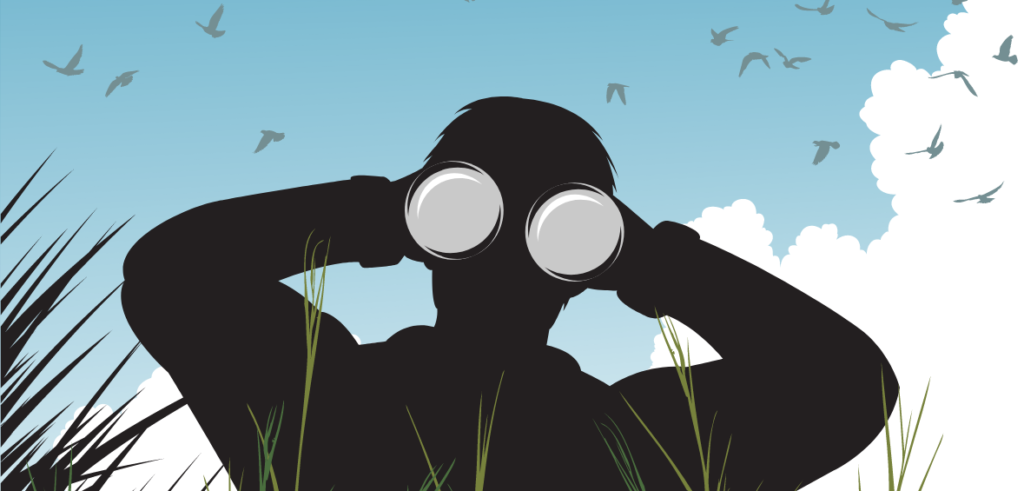
It may seem like the middle of summer is here in Vancouver, but many birds are busily preparing for winter. This past week, my transects abounded with the usual chickadees, nuthatches, and crows, but some new birds had entered the mix.
The oaks and maples lining our streets are suddenly alive with migrants, frantically trying to build up energy for the next part of their journey.
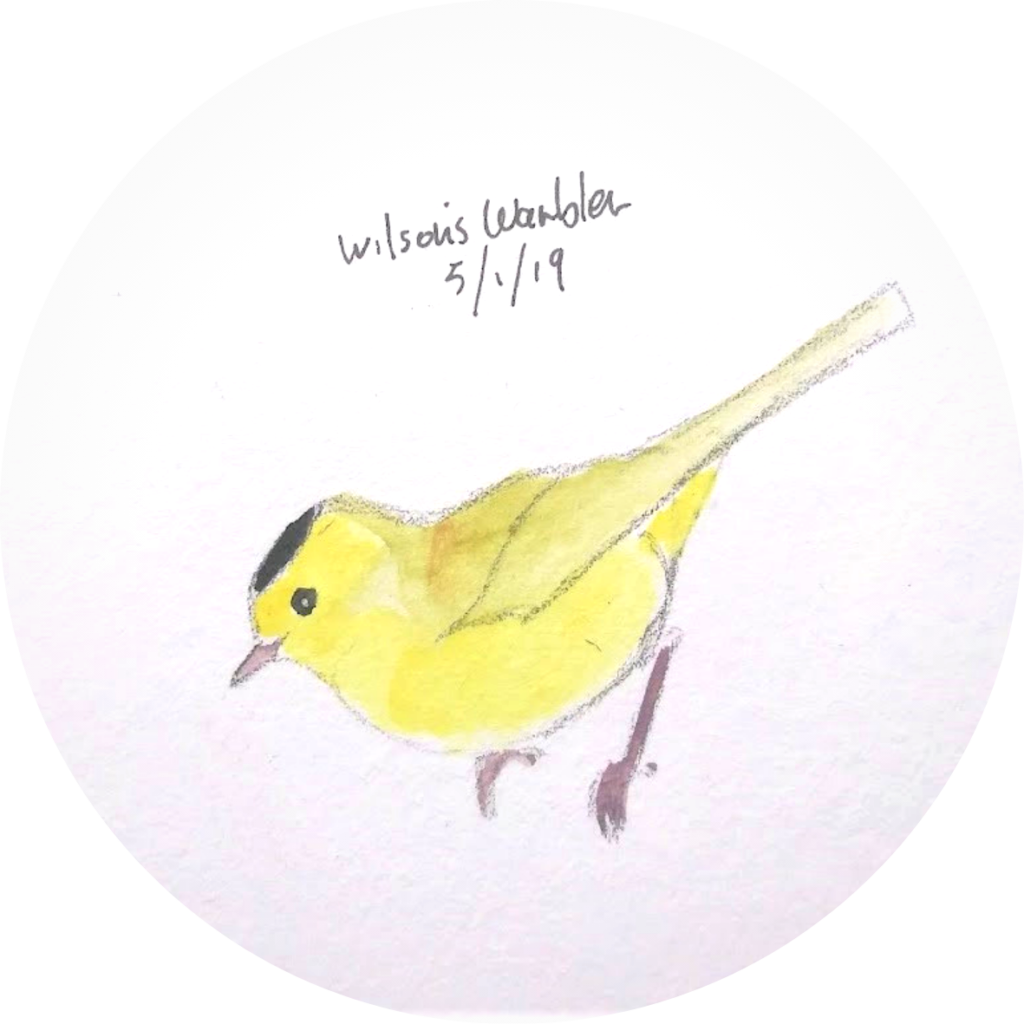
After flying thousands of kilometres from northern Canada and Alaska, Wilson’s Warblers have converged upon our neighbourhoods.
With COVID-19 causing a decrease in travel opportunities, it’s gratifying to be able to experience travel vicariously through these small migrants. They’ve travelled thousands of kilometres to come to Vancouver — the least we can do is try and be good hosts.
But how do we become good hosts? Our research is trying to tease out exactly what types of habitats, trees, and landscapes might be best for these species. By comparing how bird populations and habitats have changed in the last fifty years in Vancouver, we hope to be able to identify how to make Vancouver a home-away-from-home for these tired travellers.
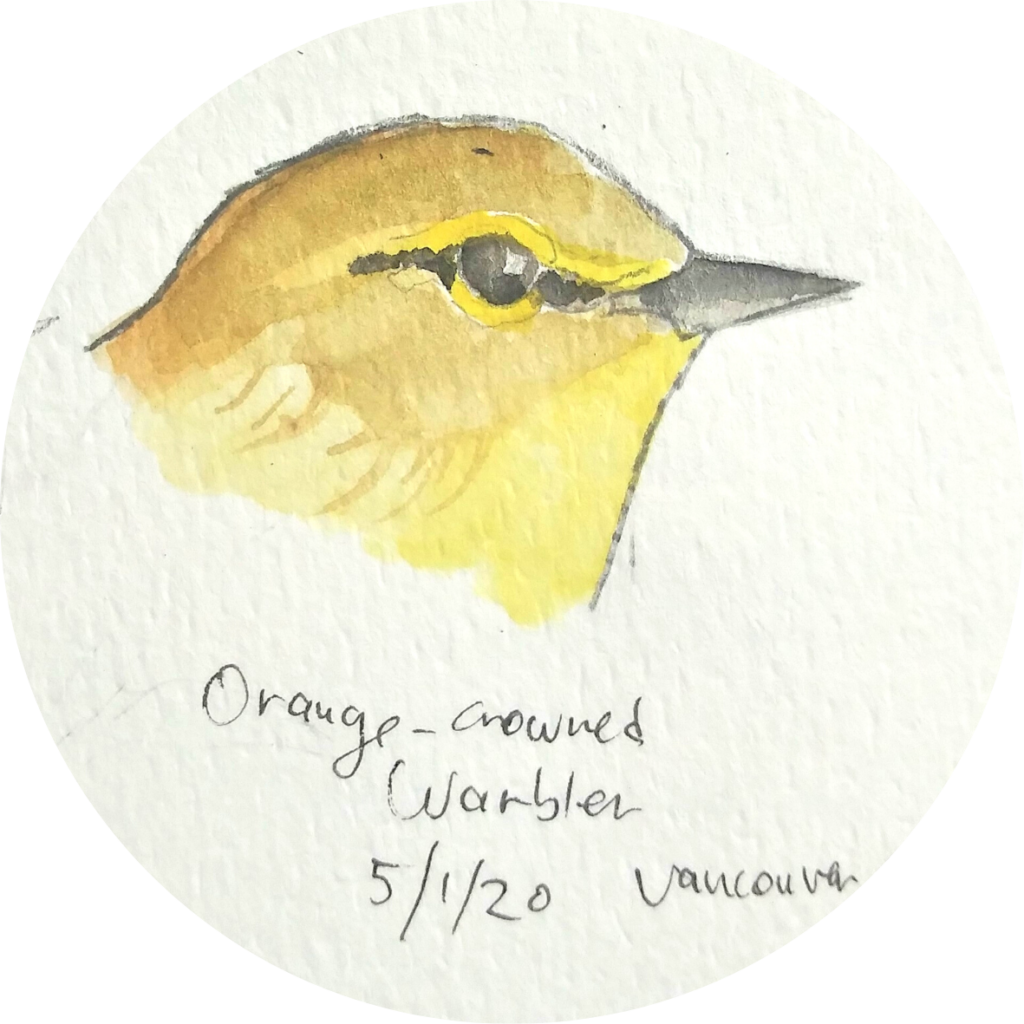
The next time you walk out the door, cock your ears, and listen to the calls of warblers in the trees above you. Your street is now an international resort. Together, let’s make it a five-star one.
Vancouver Cat Count
Since our last update, we have been working hard to secure the final few sites needed for the last three weeks of monitoring. This brings our total number of sites to 136 across the city. Many of the study areas were included due to the willing residents of Vancouver’s low-income communities. It has been such a privilege to be able to collaborate with different communities to achieve our monitoring goals.
With phase 3 of the project well underway, it is hard to believe how fast it is coming to an end. Seven weeks have passed since the beginning of the project, and we have collected just over 2 million photos from Vancouver’s green spaces, commercial properties, industrial sites and residential areas.
We are currently sorting through these photos and trying to distinguish individual cats from one another. Luckily, it is easier than initially expected due to the significant variation in Vancouver’s pet cat population. Nearly all the cats photographed thus far have had unique identifying markings or features. In many cases, cats have name tags or collars that help to tell them apart.
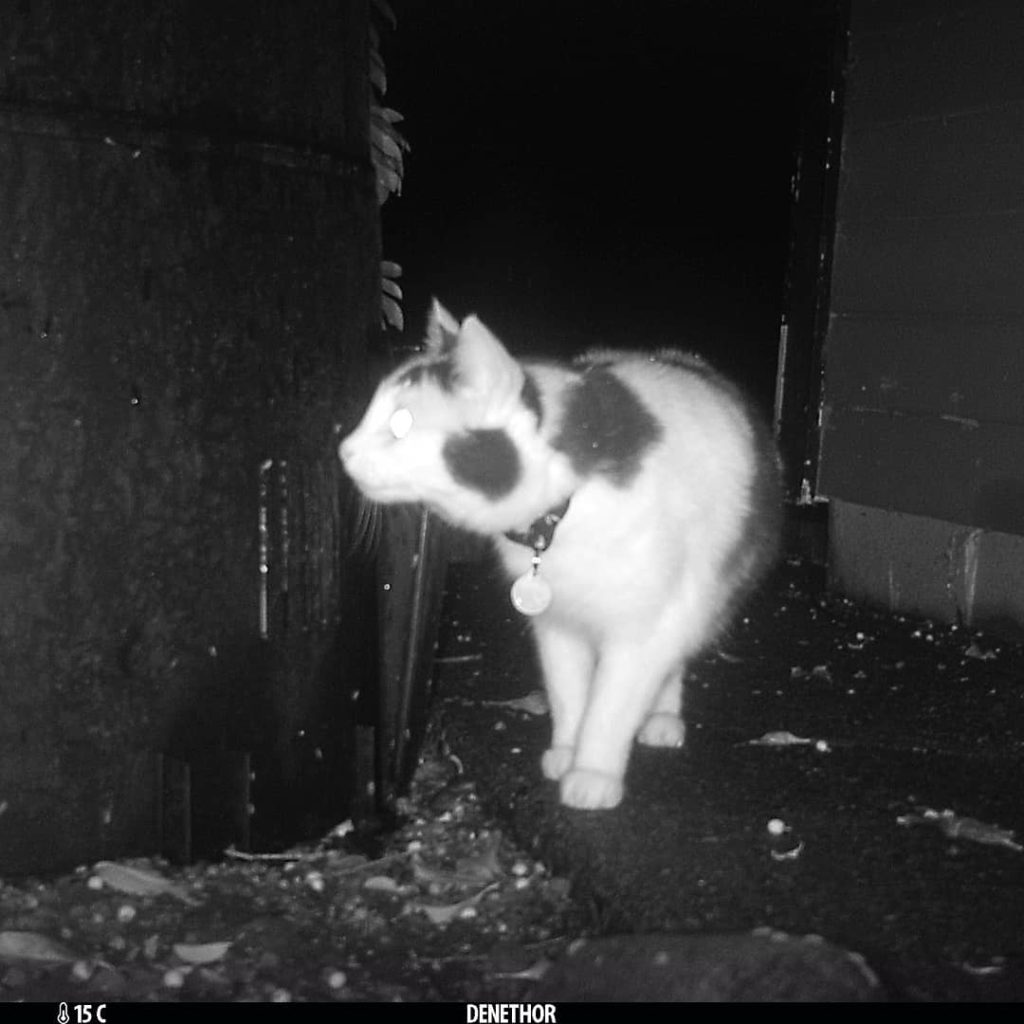
While we have been focusing on outdoor cats, we have photographed hundreds of other urban wildlife.
We only have five weeks left of monitoring before we start data analyses; however, we have been witnessing some exciting initial results! Namely, our sites within the lowest median household income in residential areas seem to have the highest number of cats. This is followed closely by urban green spaces, which tend to invite large numbers of outdoor pet cats. While these findings are only preliminary, they suggest we are on track to achieving our goals for this project:
- Estimate the number of free-roaming cats in Vancouver;
- Determine which areas of the City of Vancouver have the most cats or are predicted to have the most cats;
- Identify how the number of cats differs between residential, commercial, industrial, educational areas and parklands.
- Test methodology for counting cats in an urban environment.
Stay Connected!
More information about these projects is on our Cats and Birds Research Projects page.
Follow our Facebook Cats and Birds Page and Twitter for research updates and findings.


